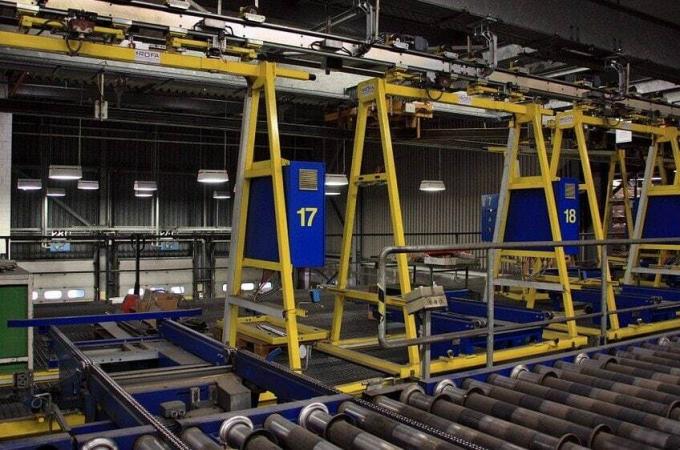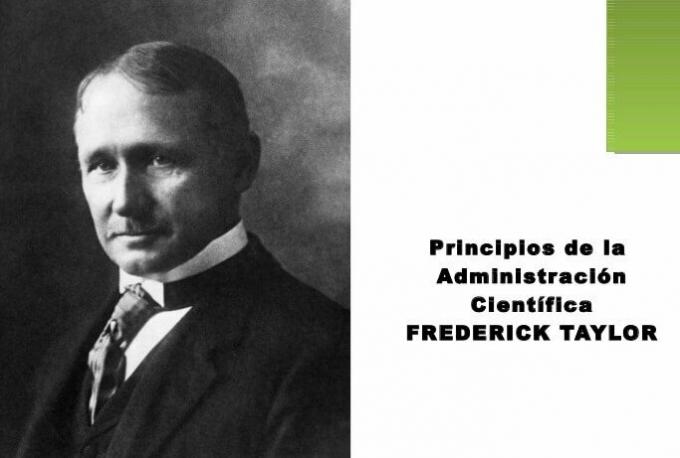The contingent approach or contingency theory It was born out of the need to complete other approaches to management, which universally embraced the ideals that could be applied. This approach consists of do notthere is a generic way to run an organization, since each case is unique and the proposals may change according to internal or external situations.
In this way, the commitment that a leader assumes when managing a company is directly related to these contingent variables, in which the organization can operate.
Advertisements
In this article you will find:
What is contingency theory based on?

The contingency theory is based on considering the possible conditions or contingencies of the organization, to work the approach of the administrative actions, ensuring at the same time that the structural design is adequate according to each case or situation in particular.
Advertisements
The administrator is in charge of identifying these contingent factors, and carefully observing how they are relate to the situation of the company, thus seeking an accurate response that fits the set of variables. In short, identifies which technique or tools are the best to achieve the objectives, taking into account certain circumstances at specific times.
Principles of contingency theory
- The principles that govern an organization are situational, they are not universal. The surrounding situations will define them.
- It provides a vision of the ability of the company to adapt to external and internal factors, integrating both in the best way.
- The type of administration will depend on the complexity of each situation.
- An "If... then ..." approach is applied. The if is an independent factor, and the then will be the dependent variable, which will be the technique to implement in that situation.
Variables of contingency theory
- The size of the company It could be considered a main variable, since this number exerts a great influence on the form of administration, the greater the number, the more complex the coordination.
- The environment generates uncertainty, caused by sociocultural, technological, political, economic changes, among others. All of this has an impact on the administrative process, since, for example, techniques that work in a stable environment will be inappropriate in a changing environment.
- All people are different, and these individual differences play an important role. The leader must make use of this to design the positions, and generate motivational techniques with an appropriate leadership style.
Who are the authors of the contingency theory?
The most significant author of the contingency theory wasFred fiedlerHowever, reference is also made to other important authors who, based on this, developed their theories, such as Hersey and Blanchard.
Advertisements
Contributed by Fred Fiedler
The Fiedler contingency theory It was developed in 1964. This Austrian psychologist affirmed that each leader had different conditions, which were related to the experiences lived throughout his life. So it is necessary to understand the type of leadership of each individual, and thus be able to apply it according to the situation, and not try to teach a universal type of leadership.
Developed the CMP test (Least Preferred Colleague), in order to identify what type of leader each employee is, giving each employee the task of scoring the worst person with which they had worked, in this way, the test revealed if the orientation of each leader was with the tasks or with the people.
Advertisements
Those people who focused more on tasks scored their worst peers more negatively, unlike those focused on relationships. A lower CMP determined their focus on accomplishing the tasks of the organization, while a higher CMP it meant an orientation to improve interpersonal relationships within the team.
Other approaches to Fiedler's theory
His second focus was on the ability to control the group in particular situations. To determine which leader had good control over his subordinates, I develop three points; the quality of relationships with colleagues (trust, loyalty, respect, etc.), the structure of tasks (if they were well structured or ambiguous), and power with the leader exerts its position.
Advertisements
In this way, he found that leaders with a high CPM behave more effectively in situations intermediate, while those with a low CPM were more effective in extreme situations, both favorable and unfavorable.
Other basic approaches
Hersey and Blanchard did a great deal in developing situational theory, which is one of the basic approaches to contingency theory. Which focuses on subordinates and their particularities, which will define the behavior of the leader. Distinguishing different types of leadership (participatory, delegating, directive and persuasive).


